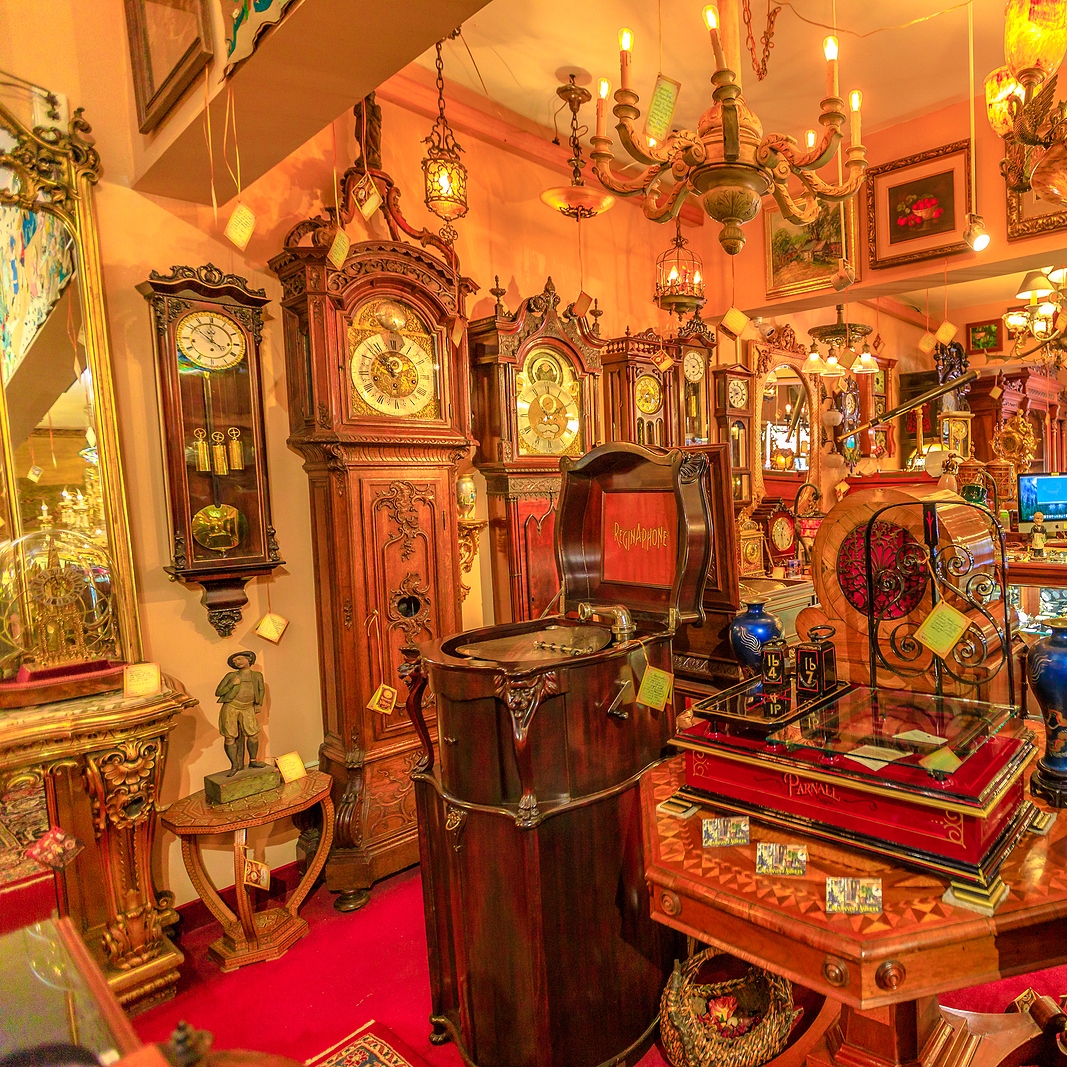As an antique collector, you must take pride in finding, curating, and protecting these archaic and valuable masterpieces. Antiquing predominantly involves preserving these art masterpieces and protecting them against time.
So, when your antiques become damaged, it can be quite a devastating event.
What are the most common mistakes people make when storing and moving antiques that cause irreparable damage? Let’s explore this topic, ensuring you take the utmost precaution when moving your precious antiques in the future.
What Happens If My Antiques Are Damaged?
Antiques are valuable as they are preserved against wear and tear and decay. They provide insight into the past while offering an immersive experience for the owner. Should an antique become irreparably damaged, it would lose most of its value.
The beauty of an antique lies in the quality that has endured throughout time. So, if it becomes damaged, this value is lost. Not to mention, it may lose some of the standout features and details that made it worthy of preservation in the first place.
With this considered, it’s imperative that we take full responsibility for the safe handling of antiques during transit.
Common Mistakes When Storing and Moving Antiques
What are the most common blunders made when shipping antiques to a new home or storage location? Here’s what to avoid.
A Lack of Cushioning
It’s well worth investing in plenty of cushioning for your antiques during transit – especially if they’re fragile. The cushioning will ensure the antique doesn’t slide around in its box or container to reduce any impact to it, which is especially important for china and vases, which are extremely fragile.
Improper Handling
You can’t trust just anyone with your antiques. So, it’s best not to send them via standard postal services. If you opt for standard services, the average warehouse employee will not know the contents of the container or whether it requires special handling. They may be careless when handling it or even place it underneath heavier items that could damage it.
Exposure to Chemicals
Antiques can be extremely sensitive to chemicals in the air or liquid chemicals applied to them. So, if you’re going to move your antiques, make sure that nobody will touch them, clean them, or open them in environments with chemically unsafe air.
Exposure to Light
Light can cause tremendous damage to the coloring of your antiques, so you must ensure that wherever they are stored, it is an environment that does not have any sunlight exposure. This way, they will retain their color.
No Surface Protection
Simply boxing up and cushioning your antiques during transit isn’t enough. Nor is storing them in a facility without any surface protection. Moths and mites can degrade the quality of antiques over time, and so can scratches. Using art plastic, ensure your antiques are not exposed to the air or scratches when storing and moving them.
Best Practices for Protecting Your Antiques in Storage and Transit
Let’s take a look at how you can take the utmost precaution, responsibility, and care when your antiques are in storage and transit.
Choosing a Qualified Storage Facility
Not all storage facilities are created equally, and it’s hard to know who to trust. You should look for a storage provider with ample experience storing expensive antiques. They will understand the need to manage sunlight exposure, temperature, and humidity within the facility so that the climate encourages longevity for your antiques. They will also have ample business security cameras to ensure that expensive items are not stolen.
Choosing Specialized Shipping
You can’t use the government postal service for your antiques. It’s best to choose specialized shipping companies with dedicated services for handling expensive, fragile, and sensitive items. They will take the utmost care for your antiques – whereas the government postal service may take no responsibility for preserving the quality of your items.
Visit Your Antiques Regularly
No matter how carefully your antiques are stored, it’s best to check in on them regularly. This way, you can clean them using sensitive chemicals and ensure that they haven’t been moved or stolen from the facility. It’s best to spot any deterioration quickly so you can address any concerns regarding the climate before the damage becomes too severe.
Summary
Your antique journey shouldn’t involve the heartache of a damaged or ruined item. Unfortunately, too many antiques have been lost to chemicals, light exposure, and damage during transit. By acknowledging these potential dangers and taking on the best practices listed above, you can ensure your precious items are preserved throughout yet another lifetime.
